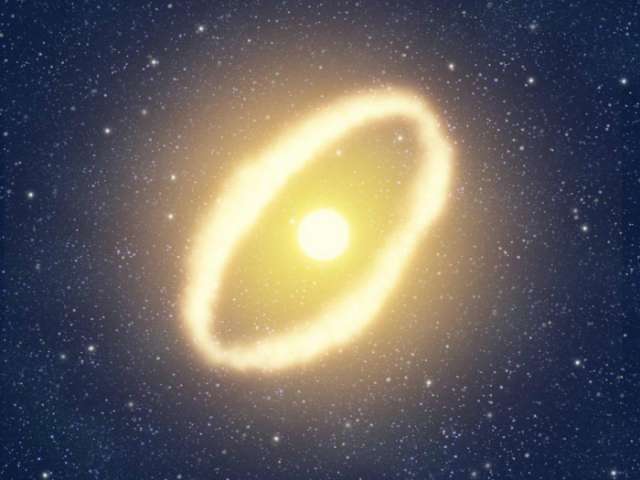It’s actually hugely important, because it provides the first corroboration of direct detection of gravitational waves by scientists outside the Ligo collaboration. Importantly, the instrument used by the Virgo team has a different physical design from Ligo. And that’s not all. Detection in three detectors provides more accurate information about the position of the event, which took place 2 billion years ago, on the sky.
The better we can locate a source, the more likely it is that we will be able to identify other types of waves emitted in the event. This could be “electromagnetic signals” including light, X-rays, gamma rays (high-energy electromagnetic waves) or radio waves. The difference in detection time between gravitational wave detectors gives a rough indication of where on the sky an event took place. That means that we can turn our optical or X-ray telescopes to this particular area to see if we can learn even more about it.
Bright future
The discovery opens up a new era of astronomy, in which we can investigate different types of waves to study the same events in the cosmos. For example, there are theories that suggest that two merging holes can produce a burst of gamma rays if they form and merge in a certain way. That can now be tested.
Telescope observations helping us to pinpoint a more exact location of a source of gravitational waves can also help us measure critical parameters of astrophysics such as how fast the universe is expanding and the compositions of objects such as neutron stars. They will also enable precision tests of Einstein’s theory of general relativity. In fact, there is a vast amount of science that can be probed by doing astronomy using multiple kinds of waves. This has been dubbed “multi-messenger astronomy”.
We also expect to soon be able to detect gravitational waves from sources other than black holes – and that could make it much easier to do multi-messenger astronomy. This may be colliding neutron stars (large stars that have collapsed) or huge star explosions known as supernovas. These are often nearer and emit more light than black holes, meaning they are easier to study with normal telescopes.
Cataclysmic events such as colliding neutron stars can be used as laboratories to study how the universe behaves under extreme conditions that we could never create here on Earth. The information can be used to extend our understanding of the universe, in particular of how it came into existence, and what its future might be. This is the ultimate goal of fundamental science, so the detection of gravitational waves by an increasingly extensive network of observatories is great news for scientists everywhere.
Equally significantly, this event is a tribute to the collaboration of Ligo and Virgo, which could have been bitter rivals in a race to detect gravitational waves, but instead have become close collaborators in a joint venture to understand our universe.
This collaboration extends further towards future gravitational wave detectors in Japan (Kagra) and India (Ligo India) – and out to many astronomy groups working on observing sources that Ligo detects. Indeed it’s an important lesson in the rewards of patience and collaboration, and my own university is proud to be a contributor.
Ed Daw is a reader in physics, at the University of Sheffield. This article first appeared on The Conversation (theconversation.com)
More about: #astronomy
















































